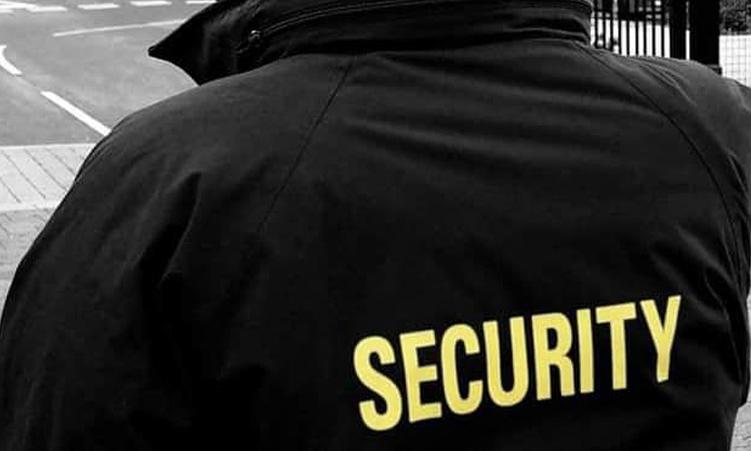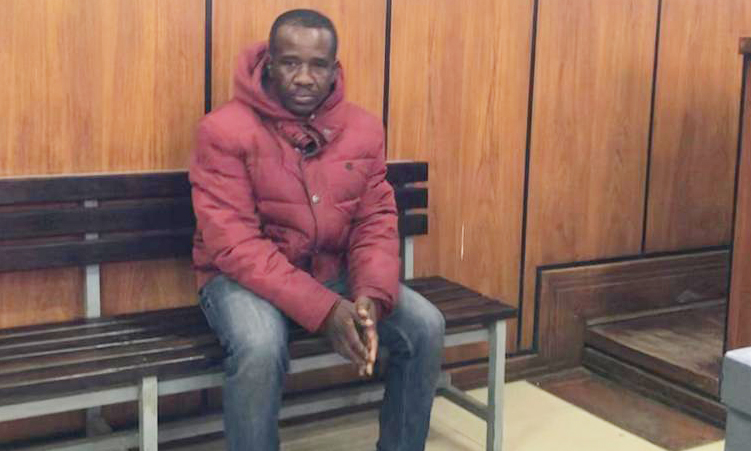THE alleged bad attitude of pilots and flight operators at the coast led to a few close shaves in the air during the holiday season.
The incidents were mainly blamed on air silence between pilots sharing the airspace, meaning that there was poor or no radio communication during flights.
Pilots for the Namibian Coast Conservation and Management Project (Nacoma), who did several fly-bys during December to monitor activity along the coast, told The Namibian of several incidents where their aircraft was closely passed by other planes and micro-light aircraft.
Usually, pilots flying at an ‘unmanned frequency’ (below 7 500 feet) have to stay in touch to report their position in order to avoid a catastrophe. Above this level, pilots must communicate with the relevant control towers.
But Swakopmund did not have an air traffic controller for the past three months, leaving the onus on the pilots on all flight levels. The Directorate of Civil Aviation only appointed a temporary controller in Swakopmund from January 1.
Earlier this week, the Namibia Air Traffic Controllers Association (Namatca) voiced concern over the shortage of air traffic controllers at Namibian airports. According to them there should be 60 controllers in Namibia but there are now only 22.
According to the owner of Swakopmund Airfields, Brian Roos, the reason why traffic controllers do not want to work at the Swakopmund control tower is because of the ‘attitude and insolence of the pilots and operators’ there.
‘These people refuse to comply with the regulations,’ he told The Namibian. ‘We have received several incident reports that were handed to the Directorate of Civil Aviation, and which are now being investigated.’
According to a reliable source at the Swakopmund airport, the pilots, ‘especially the young blokes wanting air time’ are ‘taking chances, and not respecting the rules’.
The source explained that when pilots want to do low fly-bys – at an altitude of about 500 feet – they need to inform the control tower of their intention.
‘They would inform us, but then pull a stunt, like flying at 50 feet. This is very dangerous,’ the source said.
He said these pilots would also not report their location by radio, which is very dangerous and contrary to aviation regulations.
‘The DCA is not strict enough with these pilots. The issue would need to be addressed to make Swakopmund and the surrounding airspace safer,’ the source said.
Stay informed with The Namibian – your source for credible journalism. Get in-depth reporting and opinions for
only N$85 a month. Invest in journalism, invest in democracy –
Subscribe Now!









